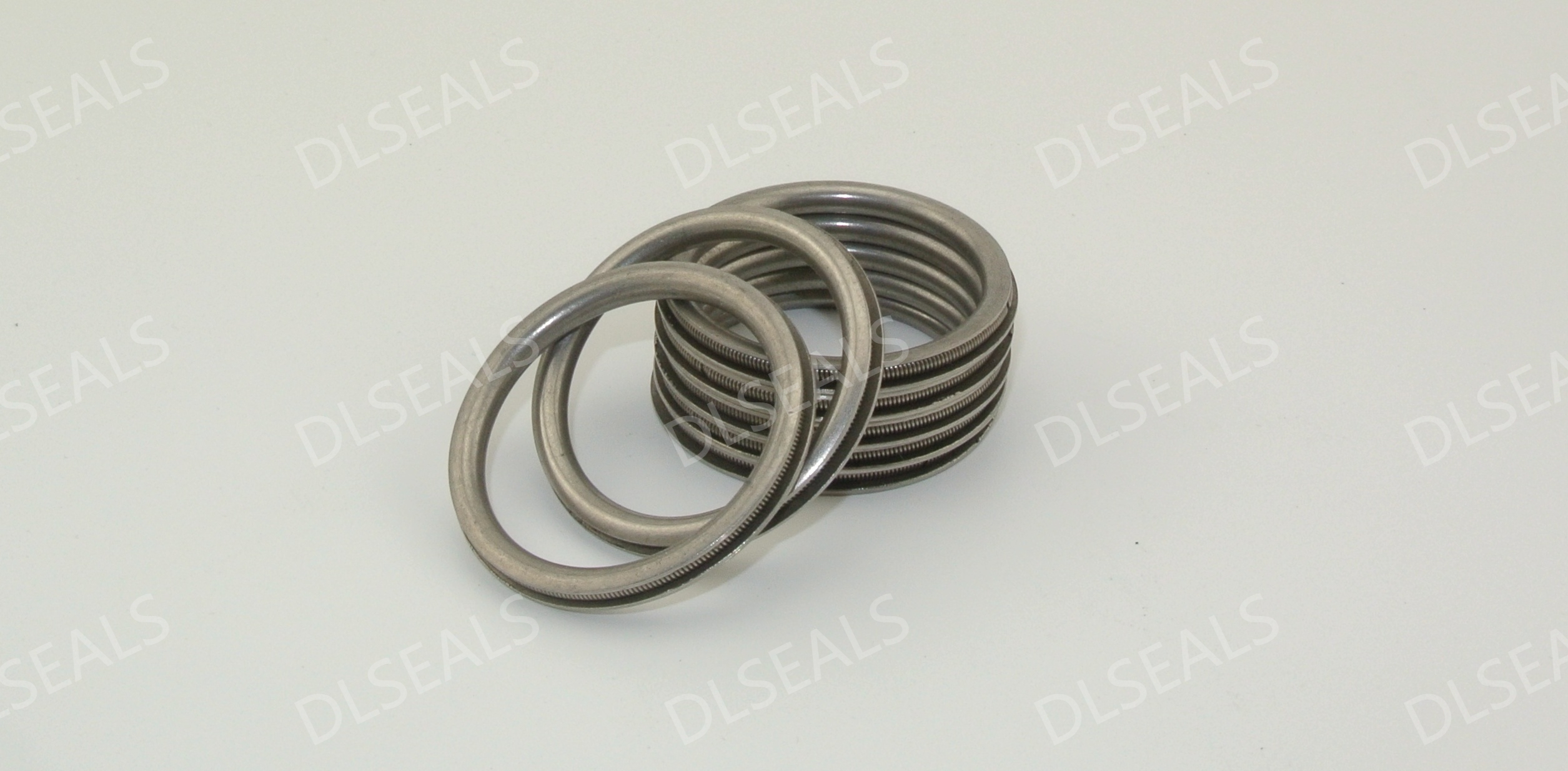
Overview
Fatigue and aging are two important factors that affect the performance of metal seals, which are directly related to the reliability and service life of the seals. The following is an in-depth analysis of these two phenomena and their specific effects on the performance of metal seals.
1. Fatigue Effects
Fatigue is the process in which a material is gradually damaged and eventually fails under repeated stress. In the application of metal seals, fatigue effects are mainly reflected in the following aspects:
1.1 Fatigue failure mechanism
Cyclic stress: The seal is subjected to periodic loading and unloading (such as pressure changes caused by gas or liquid flow) under dynamic working conditions, resulting in microcracks inside the material.
Microstructural changes: As the fatigue cycle increases, the lattice structure of the metal may change, forming fatigue sources, and these microscopic defects will gradually expand during repeated loading.
1.2 Factors affecting fatigue life
Stress level: Operating conditions with high stress levels accelerate the formation and expansion of fatigue cracks.
Material properties: The fatigue resistance of different materials varies greatly. For example, stainless steel and nickel-based alloys generally exhibit better fatigue strength.
Surface treatment: Surface roughness, surface hardening (such as quenching) and coating can all affect fatigue performance; good surface treatment can reduce the occurrence of fatigue cracks.
1.3 Fatigue life assessment
Wöhler curve: Determine the fatigue limit and fatigue strength of the material through experiments.
Numerical simulation: Use the finite element method (FEA) to establish a fatigue analysis model to predict the fatigue life of the seal under working conditions.
2. Aging effect
Aging refers to the degradation process of material performance under the influence of time and environment. In metal seals, aging is mainly manifested as changes in the physical and chemical properties of the material. Common aging effects include:
2.1 Thermal aging
Temperature effect: Working in a high temperature environment for a long time, the strength and hardness of the metal material may decrease, affecting the sealing performance.
Oxidation reaction: Metal oxidation is accelerated at high temperature, which will cause an oxide layer to form on the metal surface, affecting the contact and sealing of the sealing surface.
2.2 Chemical aging
Corrosion behavior: When metal seals work in corrosive media (such as acids and alkalis), the material will be chemically attacked, damaging its structural integrity and sealing performance.
Oil aging: In oil seals, the degradation of oil will affect the performance of sealing materials.
2.3 Changes in mechanical properties
Strength and ductility: With the increase of service time, the tensile strength and ductility of metal materials may decrease significantly, resulting in deformation and failure of the seal ring.
2.4 Aging test and evaluation
Accelerated aging experiment: The durability of metal seal rings is evaluated by performing accelerated aging tests on them in high temperature or corrosive environments.
Material performance analysis: Hardness tests, tensile tests and fatigue tests are performed regularly to evaluate changes in material properties.
3. Combined effects
The interaction between fatigue and aging may accelerate the functional failure of the seal ring. For example, metal seal rings operating in high temperature environments may not only crack due to fatigue, but also reduce the toughness of the material due to aging, eventually leading to seal failure. Therefore, the effects of fatigue and aging must be considered in design and material selection.
Conclusion
Fatigue and aging have an important impact on the performance of metal seal rings. Understanding the mechanisms and interactions between the two can help engineers make more informed decisions in design and material selection to improve the reliability and service life of the seal ring. These negative impacts can be effectively reduced through reasonable material selection, surface treatment and regular inspection and maintenance.
Post time: Oct-30-2024
